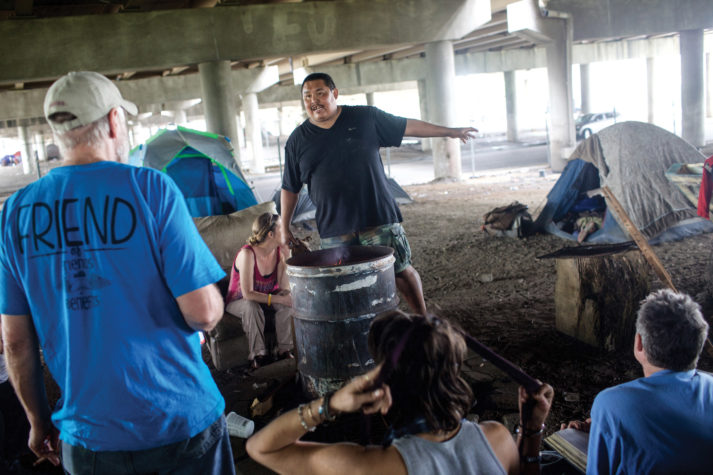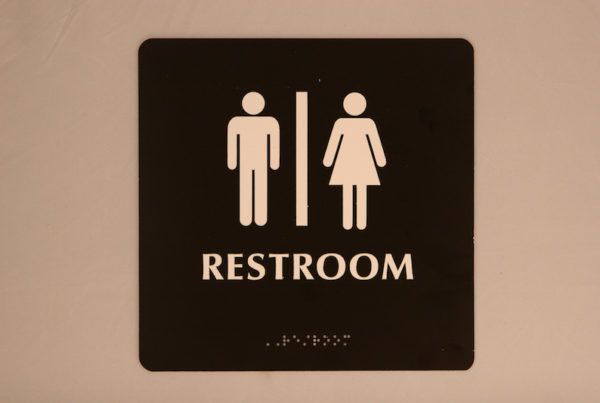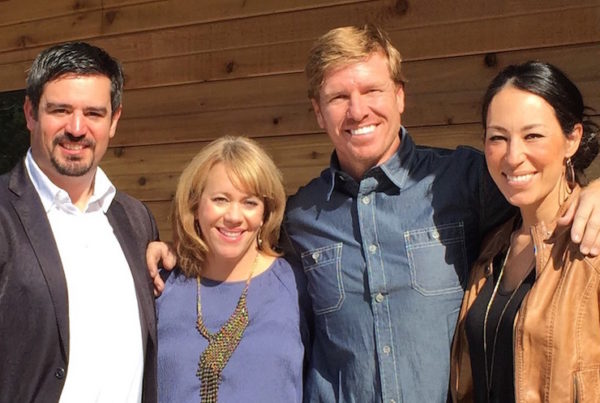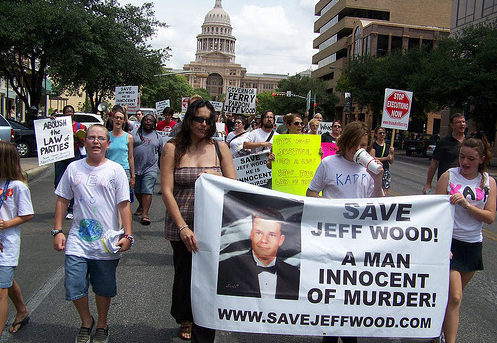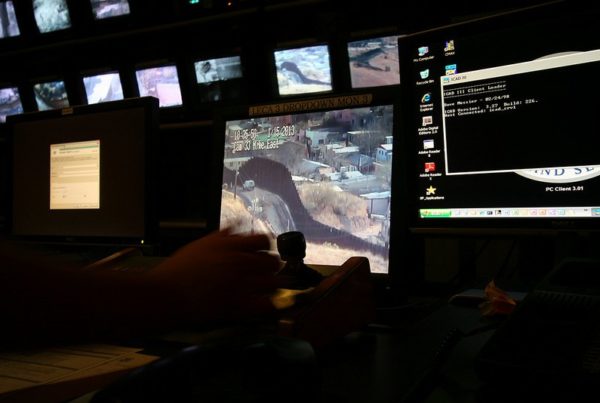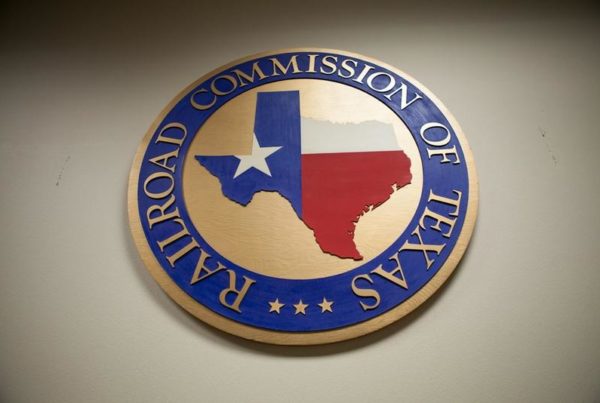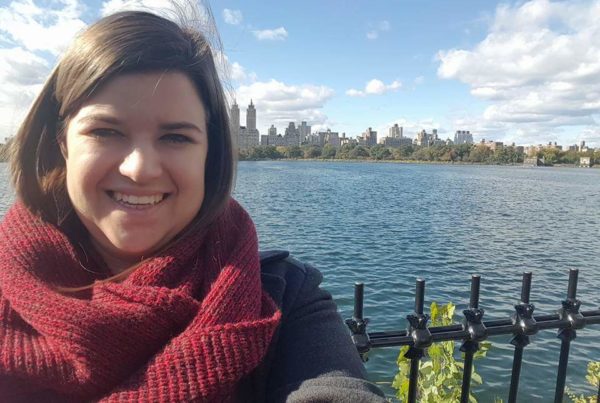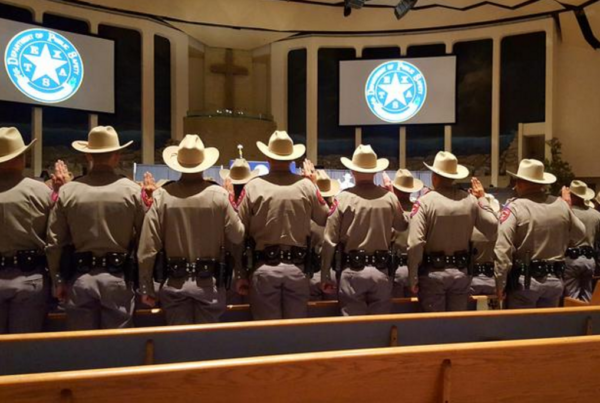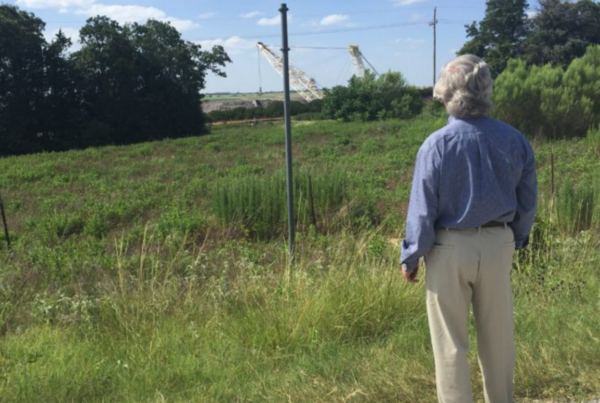Far below Dallas’ skyscrapers sat another city of sorts. Tent City was Dallas’ largest homeless camp, stretching for five blocks under the I-45 bridge near downtown. The four-block area became a hub for homeless people to live and access services like charity food trucks and portable toilets. But after two murders there earlier this year, city officials wanted it cleared.
Before evictions began in the spring, retired journalist Dick Reavis packed up his 1974 Volkswagen Beetle – and his chow mix, Valjean – and headed for the homeless camp. He lived there for six weeks, writing about his experience for the Texas Observer.
He says living under the bridge was like being under a huge five-block long canopy, with 200 or more tents pitched under it.
“When the city officials said they were going to dismantle the place, I had visions of bulldozers coming in and mass arrests,” Reavis says. “And I thought ‘I want to be there to witness that.’”
So he paid a local racketeer $10 for a two-man tent with some gashes in the fabric. Despite witnessing a few violent altercations, he says he never felt unsafe in Tent City.
“I didn’t feel threatened, myself,” Reavis says. “I’m an old and small man who’s not looking for a fight or an argument with anybody.”
Reavis says the big problem was that drug dealers were operating out of Tent City.
“Essentially they had tents there, which were their offices, and that led to some violence,” he says.
Before the city decided to clear out Tent City, police officers has been redirecting Dallas’ homeless population to the area. Reavis says that traditionally, homeless people in Dallas have lived close to Fair Park, where the State Fair of Texas is held each year.
“But every year at state fair time – so the homeless told me – the police would come around and tell people to move,” Reavis says. “And last year they (told) everybody, ‘Why don’t you move to Tent City?’ And then the social workers persuaded the city to put in portable toilets and dumpsters, and more people came to Tent City because of that.”
But Reavis says a camp that size had both positive and negative consequences.
“A lot of the social workers say that once a camp gets above 25 or 50 it becomes dangerous,” Reavis says. “On the other hand, they were able to do census work, circulate housing applications and so on. And the largely Christian groups who would come and feed the homeless – well, they only had one stop to make.”
Now that Dallas officials have evacuated Tent City, other smaller encampments have popped up around the city. Instead of eliminating the problem of homelessness, the population has just shifted to new areas. Reavis says Dallas could alleviate homelessness in the city by funding more rent vouchers and subsidies, building more housing projects or increasing police surveillance at the new encampments.
“In all growing cities, we’ve got a problem with the chronically homeless, and where you gonna put them? Because rents are rising in all the growing cities and there’s not enough financial resources – or there hasn’t been – to give them housing,” Reavis says. “Dallas hasn’t got a solution either. What it’s presently doing is playing whack-a-mole: close down one camp, everybody moves to another. So I think we’ve got a national problem that may require a national solution. … But I don’t see anything changing anytime soon.”
Post by Beth Cortez-Neavel.


